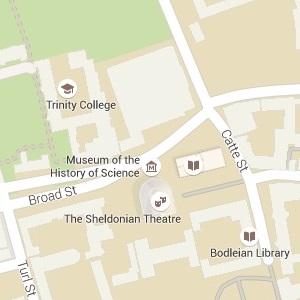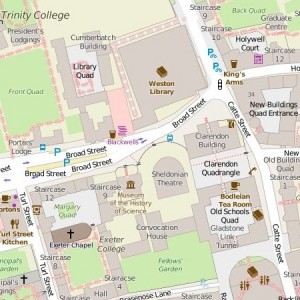As a development of my recent work on online maps, I have built Postcode-decode, an online service which tells you interesting stuff about any Great Britain postcode.
Instructions: type in a postcode for a location in England, Scotland or Wales (with or without the space, in capitals or lower case), and hit Decode it. That’s it. Try it here.
Most of the data, as well as the map, is courtesy of Ordnance Survey’s OpenSpace API. (It’s great to see Ordnance Survey offering so much open data, given where it’s come from.) The calculations for longitude, latitude and distance are made by Jonathan Stott’s PHPCoord code, which is his copyright and available under the GNU General Public License. Westminster constituency data (which Ordnance Survey could consider putting into a future version of OpenSpace) comes from MySociety. Continue reading “Decode a GB postcode with Postcode-decode”



